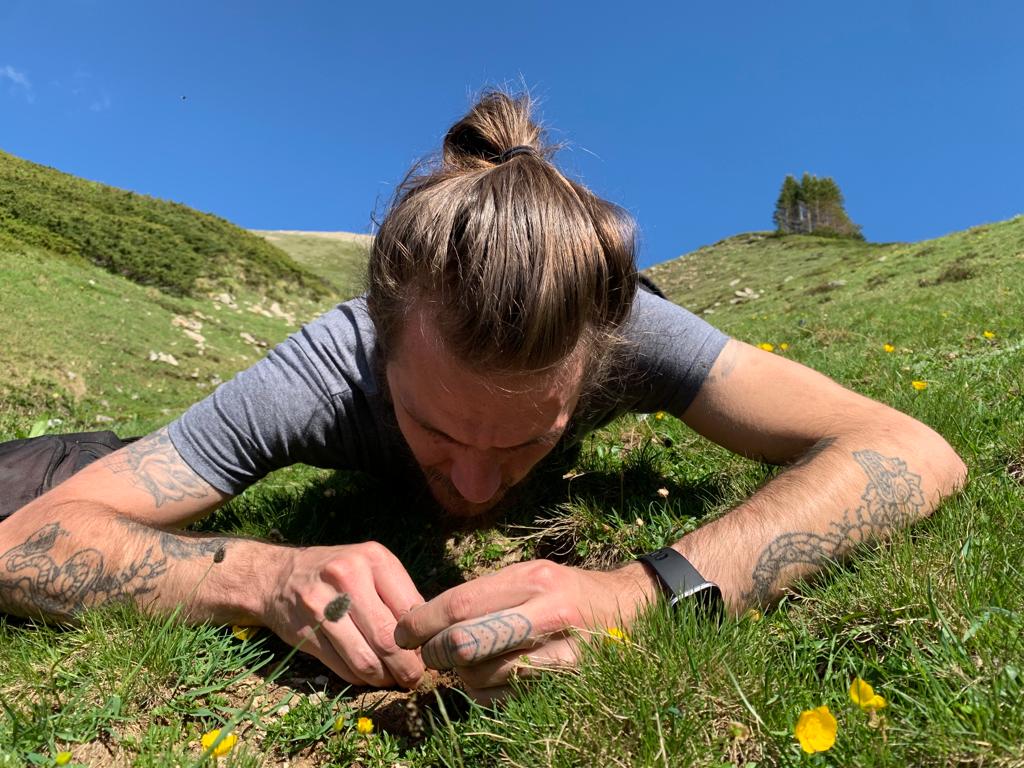Share This Article
What are the abdominal divisions of beetles for? Other insects use this anatomical structure to make sounds, but beetles don’t.
Daniela Vendramin, tatoo artist
Answer by Cody R. Cardenas:
Hi, Daniela,
This is a really great question!
Beetles along with many insects can make sounds with more than just their abdomens. The familiar buzzing of mosquitoes wing beats is a love song: males and females will harmonize their frequencies when mating. Termites and ants are known to drum their heads on the ground to alert their siblings to potential predators. Tiger moths will create a burst of clicks to confuse the echolocation of a bats with a special organ called a tymbal. This tymbal organ is the same mechanism used by cicadas to create their summer songs used to attract mates. The larvae of butterflies will force air out of spiracles, the opening of their respiratory tract; or even use their internal mouth parts. Some beetle larvae will do the same to create a similar hissing sound.
For beetles, given their mind boggling diversity of nearly 400,000 described species, some 40 families have evolved a variety of ways to make sounds with more than their abdomen. Beetles often have modified regions of their exoskeleton with ridges that they can scrape against one another to create a ratcheting sound. They effectively have a guiro built into their bodies. Different beetle species can grind their heads or abdomens against their thorax (like in the video below) to produce sound and some even will use their legs.
But this feels like somewhat of a wild tangent about insect song. You had specifically asked what the abdominal divisions of beetles are for. I’ll be honest, I had to relive my entomology 101 days and skim Principles of Insect Morphology by Snodgrass to recall a somewhat dry definition of the insect abdomen: “In general the abdomen serves as a container of the principal viscera of the insect and is the chief part of the body that produces movements of respiration.” In beetles those segments you are referring to are hard chitinous plates that protect the gut, reproductive organs, help them breath, and can sometimes be used to make stridulating sounds.
Biography:
Cody R. Cardenas received his Bachelor’s and Master’s degree from The Ohio State University in Columbus, USA, where he studied the taxonomy and population genetics of a new species of fungus-growing ant (Mycetomoellerius mikromelanos).
In 2021, driven by an interest in evolutionary questions, Cardenas enrolled in a PhD at the School of Life Sciences, Ecology and Evolution, University of Geneva, Switzerland, and started working as an entomologist and evolutionary biologist in the Toussaint Lab, at the Natural History Museum of Geneva, where he especialices in beetles.
Cardenas has focused his thesis on the evolutionary history of Calosoma, a diverse group of beetles that are found worldwide. These beetles are known to climb trees in search of caterpillars, and so they are commonly known as “caterpillar hunters.”



